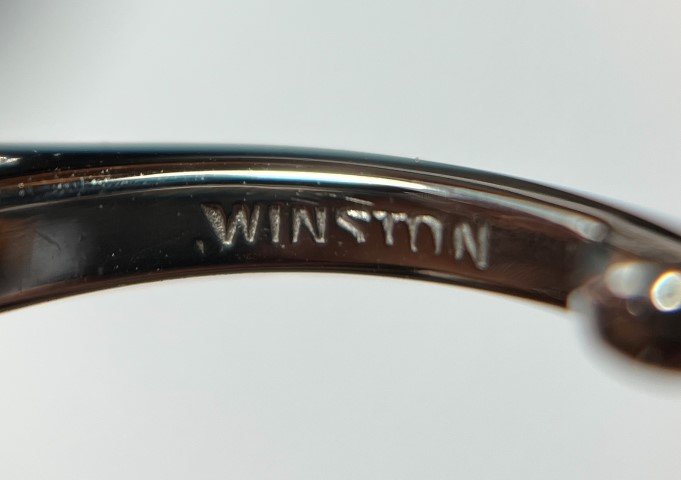We believe that most observers would spot the often very subtle difference between a Type IIa diamond and a diamond from another group if they were placed side by side for comparison, particularly when such a stone is presented in an old style, classic cut.
The Drexel Mughal Heart is a good example of this ‘extra, indefinable charm’, this elusive ‘je ne sais quoi’, as the French would say, that these stones display. But, they would also understand just how difficult it is to describe this difference – even by people who have spent their lives in the diamond trade.
The Drexel Mughal Heart, with its fascinating history – as fully documented in the Gemological Institute of America monograph which accompanies the stone (read the monograph here) – is a stunning, highly individual diamond. Put simply, it is like no other.
Written by

An extract from the GIA monograph outlining the provenance of the The Drexel Mughal Heart is reproduced here:
PROVENANCE:
The Mughal Heart’s polished beauty has been appreciated for a number of decades. The gem was previously a treasured component of the collection of the Drexels, a prominent British-American family; it was last held in the estate of John and Noreen Drexel.











